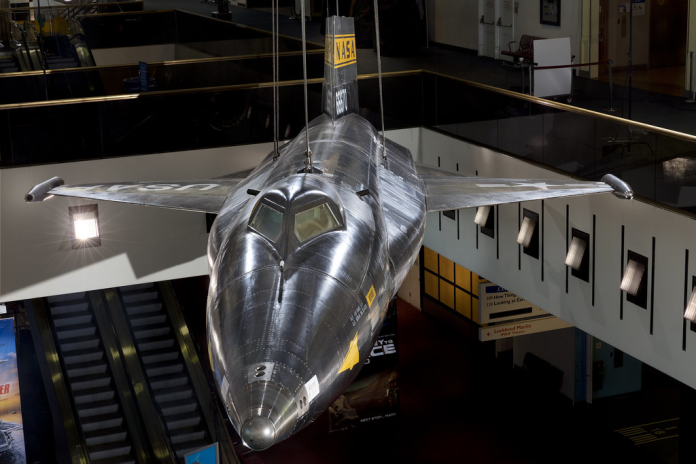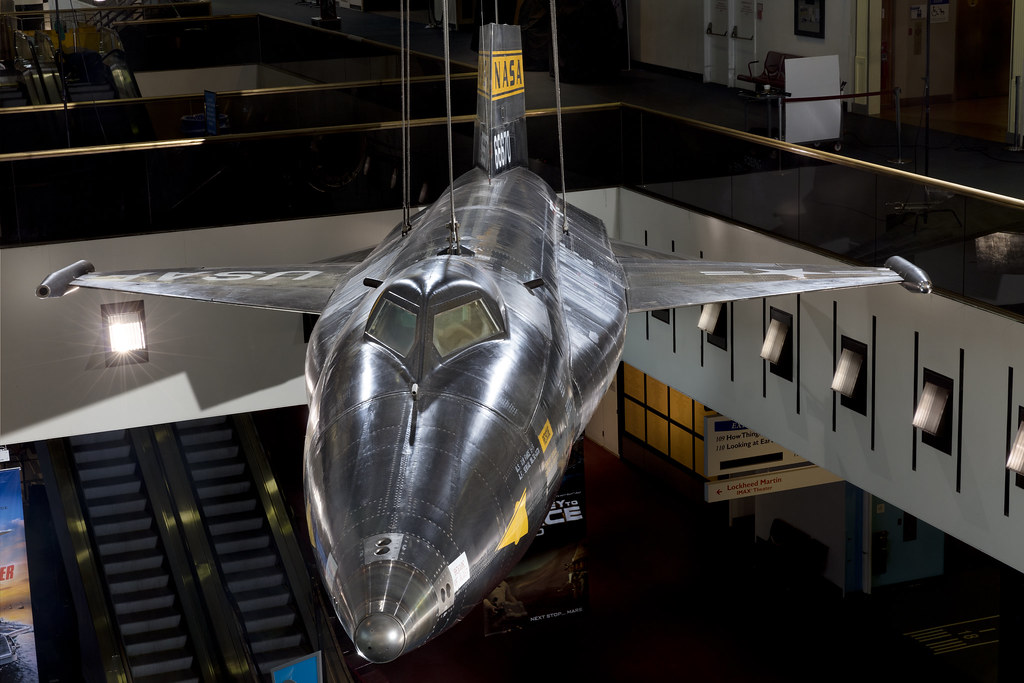
In aerospace history, few statements are truer than Dr. Roger Bilstein’s statement: “The fallout was far-reaching in numerous crucial areas.” The North American X-15 was not just a rocket airplane it was an experiment that tested the limits of speed, altitude, and human endurance, and where the engineering building blocks of modern hypersonic and spaceflight technology were created.
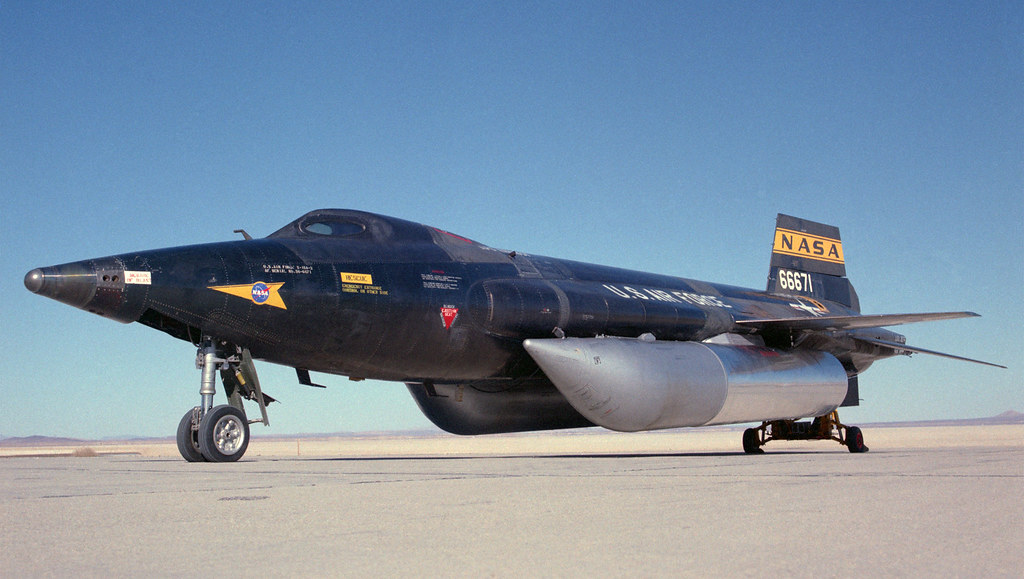
1. Pushing the Edge of the Envelope
On October 3, 1967, U.S. Air Force pilot William “Pete” Knight took the X-15A-2 to Mach 6.7 about 5,140 miles per hour at 102,000 feet. The record flight was the culmination of a nine-year program that involved 199 flights and eight pilots being awarded astronaut wings. The airplane’s operation was made possible by the XLR99 rocket engine, a restartable, throttleable liquid propellant engine with 57,000 pounds of thrust later boosted to 70,400 pounds in maximum configurations. This engine burned for only 80 to 120 seconds but in that brief time sent the vehicle into regimes where aerodynamic theory crashed against the cold hard realities of hypersonic heating and control of flight.
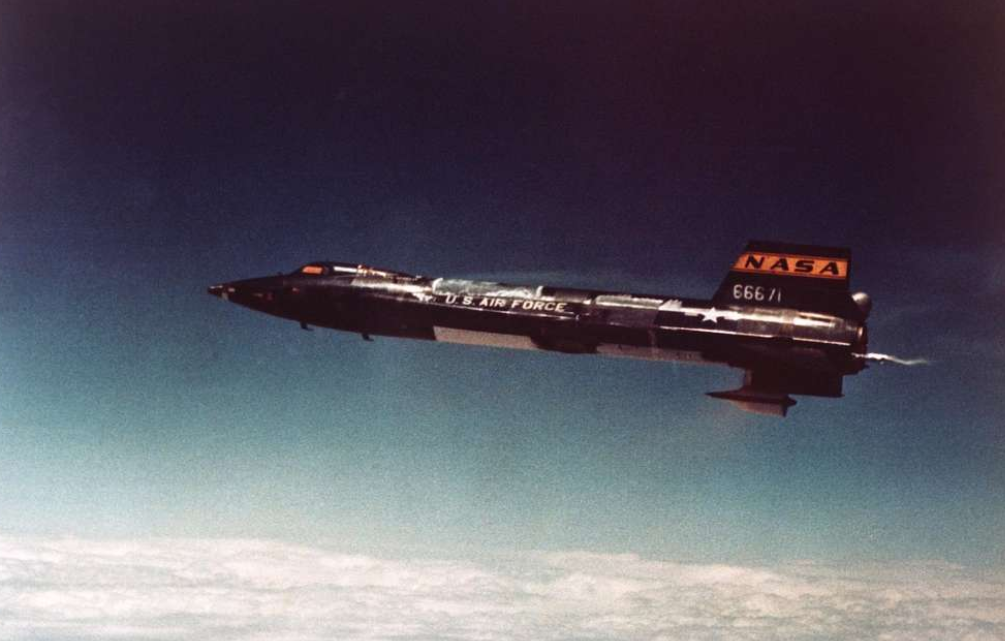
2. Air-Launch Innovation
The X-15 flight regime air-launch from a modified B-52 Stratofortress at 45,000 feet and 500 mph maximized fuel efficiency and engine performance. The approach reduced the energy needed to reach test conditions and established a design standard for subsequent high-speed airplanes and spaceplanes. The High Test Range, 780 kilometers long along the Utah-California border, provided radar tracking, telemetry, and several emergency landing fields, verifying the program’s systems philosophy.
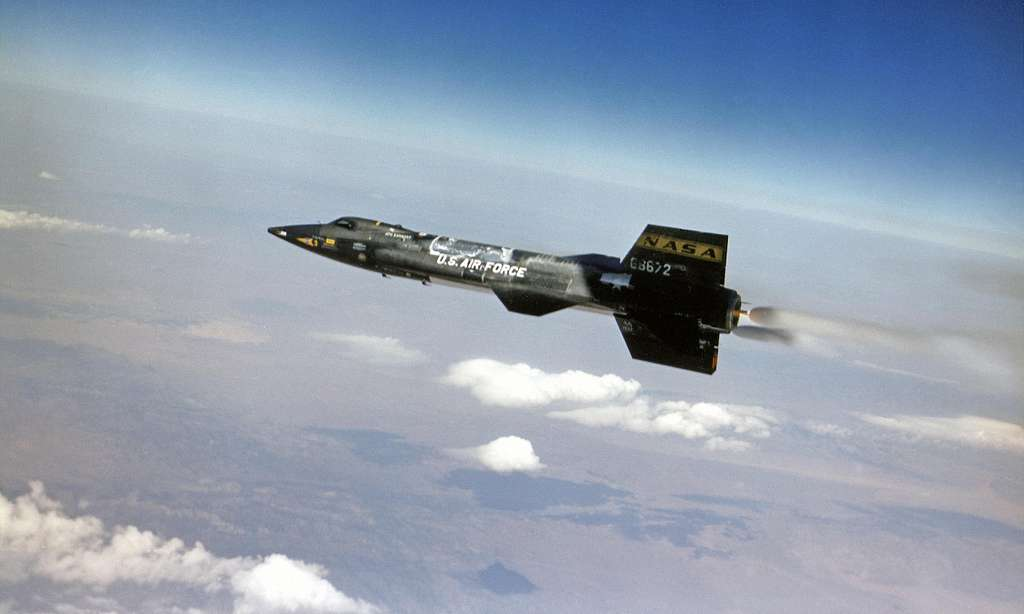
3. Mastery of Hypersonic Aerodynamics and Thermal Protection
At Mach 6 and above, aerodynamic heating drove skin temperatures in excess of 1,200°F. The X-15’s fuselage was wrapped in Inconel X, a nickel-chromium superalloy that could resist some 2,000°F without weakening. Inconel’s strength at high tension and resistance to oxidation made it ideally suited to repeated thermal cycling, though its machining demanded special tooling lest it work harden. Titanium alloys were employed for their unusually high strength-to-weight ratio, with minimal structural mass without compromising integrity.
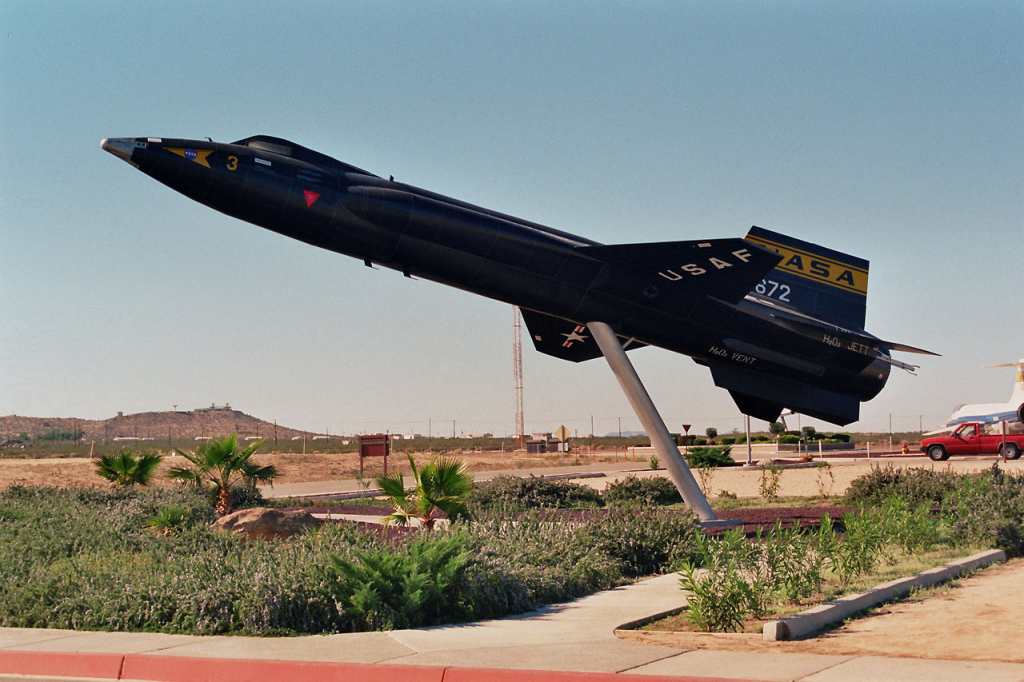
4. Near-Vacuum Reaction Control
Aside from the prudent environment, conventional control surfaces didn’t work. X-15 pioneered the use of a hydrogen peroxide Reaction Control System for pitch, yaw, and roll. Nose-mounted thrusters governed pitch and yaw; roll was governed by wingtip units. X-15 was the first manned space vehicle to use RCS for space attitude control a technology later critical to Mercury, Gemini, Apollo, and shuttle flights.
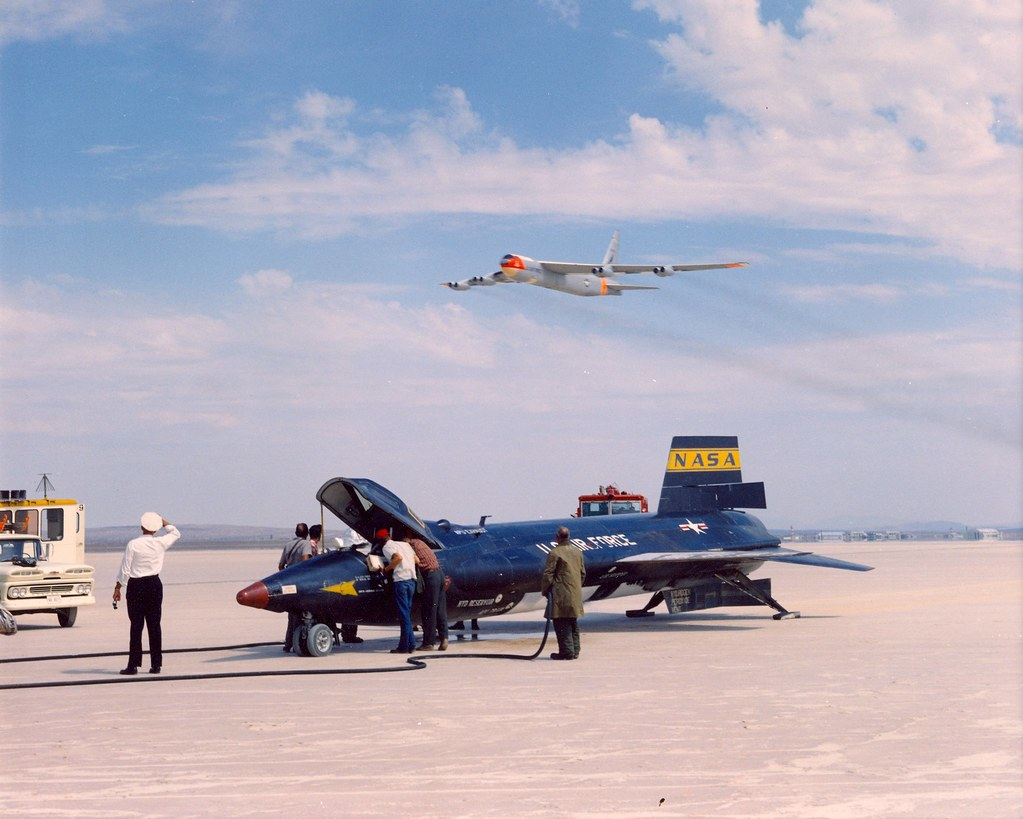
5. Full-Pressure Suits and Bioastronautics
The physiological hazards of altitudes above the Armstrong Line (63,000 feet) called for a quantum change in pilot protection. The X-15 program gave birth to the development of the first practical full-pressure suit, a closed-loop garment with 3.5 psi of pure oxygen. These initial suits, ancestors of the modern Extravehicular Mobility Units, protected against hypoxia, ebullism, and extreme thermal shock, as well as offering enough mobility to execute precise control maneuvers. Real-time medical monitoring monitored pilot heart rates reaching 185 bpm prior to launch information that defined astronaut training for decades.

6. Space Age Data
The X-15 generated over 765 research reports, such as hypersonic skin friction, stability and control, reentry heat, and pilot performance. It verified that turbulent rates of heating were lower than computational models estimated, with a bearing on design in Apollo and shuttle thermal protection systems. It also verified that a pilot manually could control a rocket-powered vehicle through the exit and reentry from atmosphere a significant verification for human spaceflight.
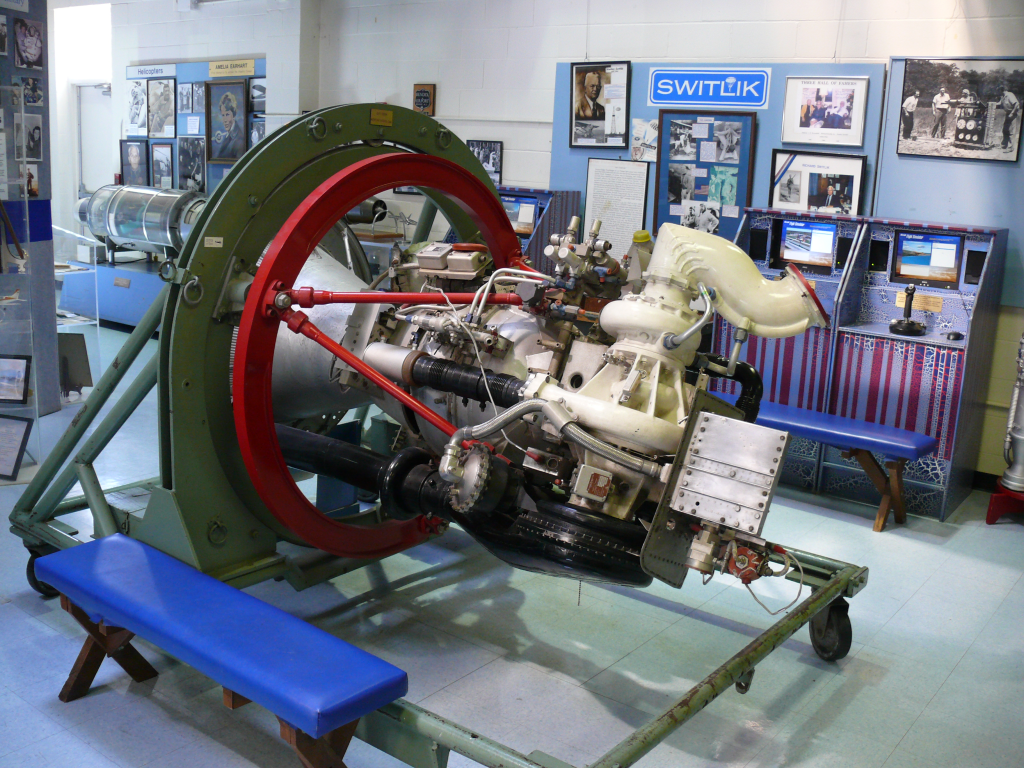
7. Engineering Under Pressure
There were also missteps in the program. The slowness in XLR99 development brought on initial flights with twin XLR11s. Structural accidents, such as the 1960 ground-test blast that wrecked nearly beyond repair X-15 #3, and pilot Michael Adams’ loss in 1967, emphasized the risks. But the interagency management structure NASA, Air Force, Navy, and North American Aviation proved flexible, redirecting schedules and technical plans without sacrificing objectives.
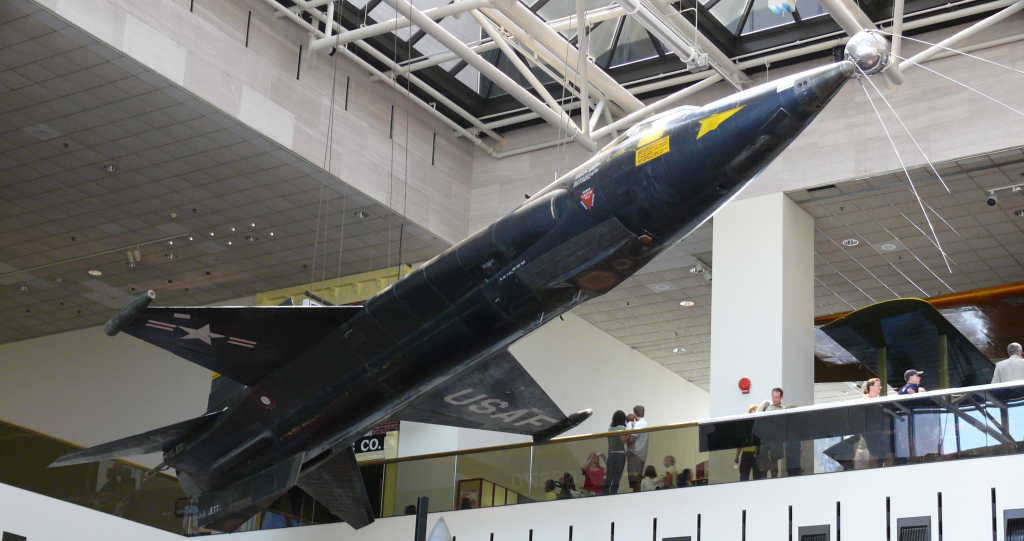
8. Beyond the X-15
The aeroplane’s legacy extended into Saturn rockets, shuttle thermal protection, and hypersonic research today. Its air-launch technology transferred into Pegasus rocket platforms and under development commercial spaceplanes. Materials knowledge in Inconel and titanium transferred directly into turbine engines, reentry vehicles, and naval high-performance systems. The RCS legacy continues unconstrained to today’s crewed spacecraft, and pressure suit development continues for Mars and lunar missions.
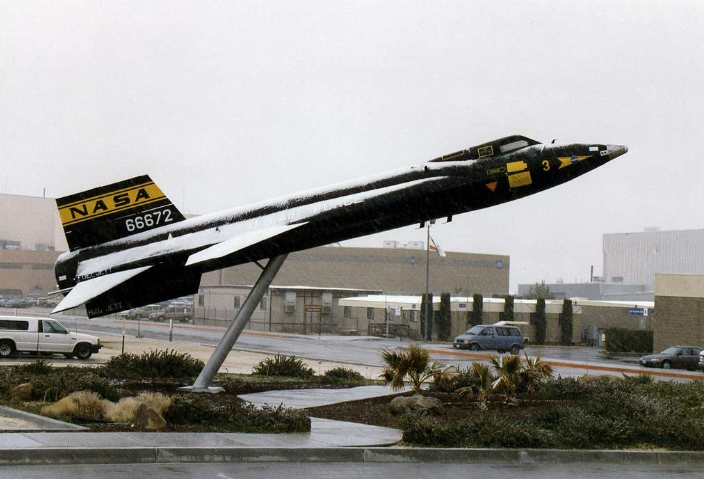
The nine years of flight for the X-15 pulled hypersonics out of the theoretical realm and into reality. It remains a masterclass in how engineering, material science, propulsion, and human factors can be combined to extend the boundaries of flight.
